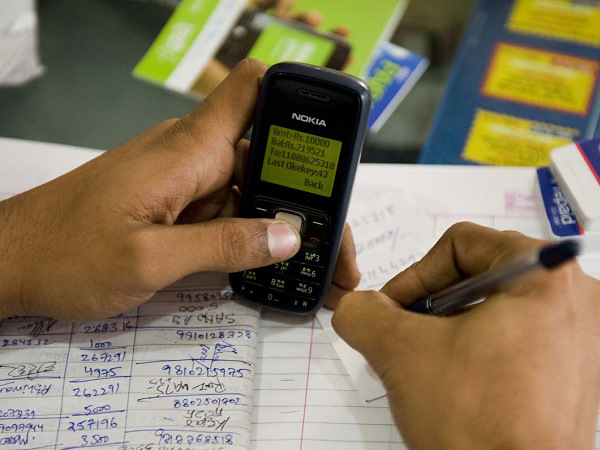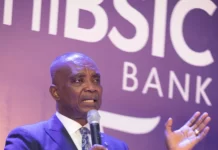
The Ghana Revenue Authority’s goal of exceeding its revised 2020 target of GHS 42.7 billion Cedis as stated in the 2020 mid-year budget, is receiving a boost from higher than expected inflows from the Communication Service Tax (CST).
This reduction in the Communications Service Tax from 9 % to 5 %, which took effect from September 15 this year, formed part of the government’s efforts to alleviate the plight of Ghanaians amidst the coronavirus pandemic.

Even though the reduction was welcomed by the general public, some CSOs like the Tax Justice Coalition bemoaned the move saying it will negatively affect government’s ability to meet its revised revenue target for 2020.
But according to the latest quarterly bulletin from the Bank of Ghana covering the second quarter of 2020, whereas most Tax components performed below their respective programmed targets for the period under review, the Communication Service Tax (CST) performed above its target by 80.5 percent to rake in GH¢171.4 million in the second quarter.
The improved CST performance according to the Bank of Ghana, was occasioned by the increased use of data by households and institutions during the lockdown period and after.
At least 20% of the revenue generated from the tax is expected be used to finance the National Youth Employment Program.
GRA optimistic of meeting GHS42.7 billion target despite missing half-year target
Acting Commissioner General of the Ghana Revenue Authority, GRA, Amishaddai Owusu Amoah, has said the GRA is implementing effective and efficient strategies and systems in order to exceed the revised tax revenue target set by government in the 2020 mid-year budget.
This comes after it missed its half-year target by 6.9%.
It will be recalled that government revised downwards the tax revenue target from GHS 47.2 to GHS 42.7 billion in the 2020 mid-year budget, due the impact of COVID-19.
Speaking at a press briefing in Accra, Rev. Amishaddai Owusu Amoah, said that the overall target of more than GHS42 billion will be achieved, despite the impact of the Coronavirus pandemic.
“As an authority, we cannot continue to do business as usual. We are determined as an organisation to collectively put our shoulders to the wheel as we roll out some of the policies to achieve our ‘challenge’ target of GHS55 billion in these ‘not normal times,” he said.
He also stated that the sectors that saw significant growth over the period were mining, telecommunications and finance.
“Whatever minerals or royalty that has to be paid, is continually coming through and I must say that because there has been increase in the price of gold, from $1,500 to almost $2000, there is an increase in revenue from both the corporate income tax from the mining sector as well as the royalties,” he added.
The total tax revenue for the half-year of 2020 was GHS 19.95 billion, as against a target of GHS 21.42 billion, representing a negative deviation of 6.9 per cent.
For the period, domestic tax collected was GHS15.39 billion, exceeding a budgeted target of GHS14.77 billion, while the Customs Division of the Ghana Revenue Authority (GRA), collected GHS4.55 billion, out of the GHS6.65 billion target.
CBN



























